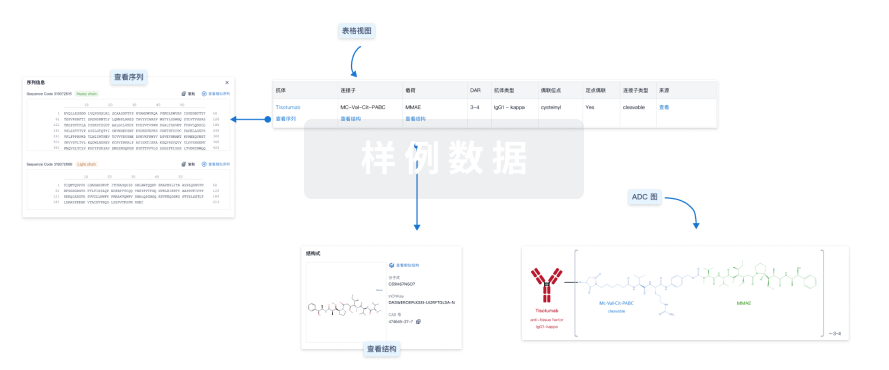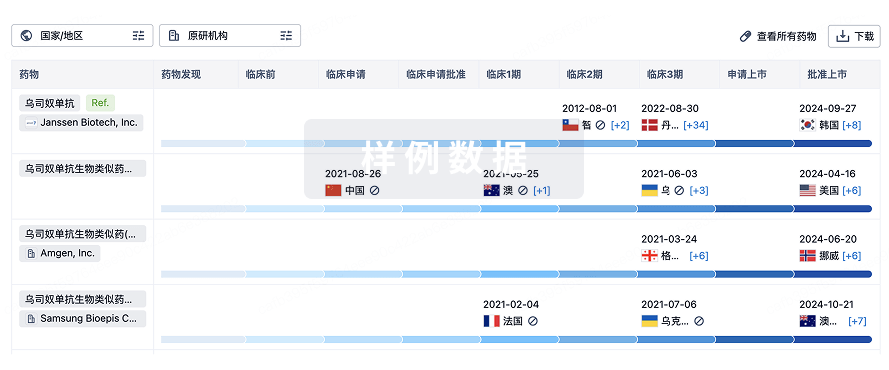PURPOSE:To date, no valid imaging modality exists for early response prediction to neoadjuvant radiochemotherapy in carcinoembryonic-antigen-(CEA)-expressing rectal cancers (UICC stages II and III). It is hypothesized that the uptake of an anti-CEA antibody is directly related to the number of viable tumor cells and may be quantified by immuno-positron emission tomography (immuno-PET). Therefore, we evaluated a novel pretargeting system using TF2, a humanized bispecific trivalent monoclonal antibody (mAb), directed against CEA and the IMP-288-peptide, a hapten for binding radiometals for imaging. Uptake and kinetics of the pretargeting system were investigated in vitro prior to and after irradiation.
METHODS:TF2 was labeled with ¹³¹I and IMP-288 with ¹¹¹InCl₃. The colorectal cancer cell lines HT29, SW480, and T84 with known varying CEA expression were incubated (≤ 72 hours) with ¹³¹I-TF2 or the TF2-¹¹¹In-IMP-288 pretargeting system. Parallel cultures were irradiated with 2-10 Gy high-energy photons. Tracer uptake, proliferation, apoptosis, and CEA-RNA expression of cancer cells were investigated.
RESULTS:The uptake of tracers was dependent on CEA expression and cell count of the cell lines (uptake/10⁶ cells: 0.3% in HT29, 1.5% in SW480, and 14% in T84, p < 0.001). The TF2-¹¹¹In-IMP-288 pretargeting system showed a higher uptake after 4 and 72 hours compared to (131)I-TF2 in parallel cultures. Only in one cell line (SW480) an increased apoptosis after irradiation could be detected. Irradiation increased dose dependently both the specific uptake of ¹³¹I-TF2 and of the TF2-¹¹¹In-IMP-288 system (4-fold in HT29 and T84 after 10 Gy (72 hours), p < 0.001). These results were CEA-mRNA independent.
CONCLUSION:This novel pretargeting system allows the quantitative analysis of CEA-expressing colorectal cancer cells and represents a promising tool for evaluation of tumor cell viability after irradiation.







